Western White Pine Tree
- June 1, 2023
- 0 comment

Common Name: Western White Pine
Botanical Name: Pinus monticola
Family: Pinaceae
Plant Type: Evergreen conifer
Mature Size: 100-150 feet tall, 30-40 feet spread
Soil Type: Well-drained, slightly acidic
Native Area: Western North America
The Western White Pine (Pinus monticola) stands tall and proud in the majestic forests of western North America. With its striking beauty, impressive size, and valuable attributes, this native tree has captured the hearts of nature enthusiasts, conservationists, and homeowners alike. In this blog article, we will delve into the various aspects of this magnificent tree, including its description, hardiness zones, tree type, mature size, growth rate, sun and soil preferences, attributes, wildlife value, common and botanical names, family, plant type, soil type, native area, care, varieties, pruning techniques, propagating methods, common pests and diseases, and answers to frequently asked questions.
A tall and straight tree, reaching heights of 30-70 meters and diameters of 100-250 centimeters. It has a narrow conic crown that becomes broad and flattened as it matures. The bark is grey and thin, initially smooth but developing rectangular to hexagonal scaly plates in larger trees. The branches are nearly whorled and spread-ascending, with slender twigs that are initially pale red-brown and become purple-brown or gray with age. The buds are rust-colored and slightly resinous. The tree has five needles per fascicle that spread to ascending positions and persist for 3-4 years. The needles are straight, slightly twisted, pliant, and blue-green, with finely serrulated margins and a broad to narrow acute apex. The staminate cones are yellow and ellipsoid, while the ovulate cones mature in two years, are creamy brown to yellowish, and range from lance-cylindric to ellipsoid-cylindric in shape. The cones are resinous and have a terminal, depressed umbo. The seeds are compressed and broadly obovoid-deltoid, with a red-brown body and a wing measuring 2-2.5 cm. The Western White Pine is known for its hexagonally-checked bark on large trees, which is unique among North American tree species. It also stands out for its exceptionally large cones, except in California, where they resemble miniature cones of the Sugar Pine (Pinus lambertiana). Young trees of the Western White Pine can be distinguished from those of Pinus lambertiana by their slightly darker, thicker, and stiffer needles, as well as the minutely serrated edges of the needles, which differentiate them from the smooth-edged needles of the Whitebark Pine (Pinus albicaulis).
Read about Western White Pine Lumber
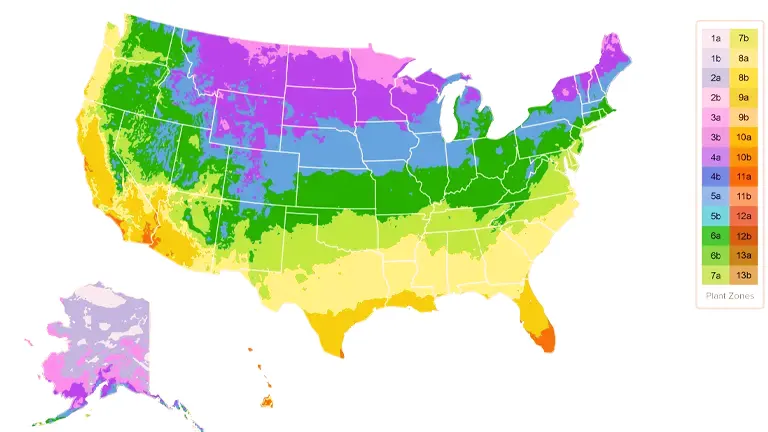
Hardiness Zones
The Western White Pine thrives in USDA hardiness zones 4 to 7, which cover regions with cold winters and moderate to high precipitation levels. Its adaptability to various climates makes it suitable for a wide range of locations.
Tree Type
This tree is a large, evergreen conifer, belonging to the Pinaceae family. It is classified as a softwood tree due to the needle-like foliage it bears.
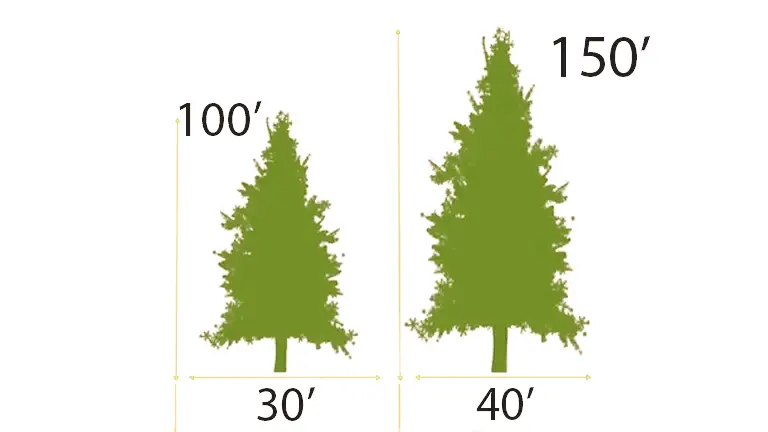
Mature Size
At maturity, the Western White Pine can reach an impressive height of 100 to 150 feet, with a spread of 30 to 40 feet. Its towering presence makes it a notable centerpiece in any landscape.
Growth Rate
The Western White Pine boasts a moderate growth rate, typically averaging around 1 to 2 feet per year. Under optimal conditions, it can exhibit faster growth, making it a relatively quick-growing tree.

Sun Preference
This tree thrives in full sun, requiring at least six hours of direct sunlight each day to flourish. It can tolerate some shade, but its growth and overall health are enhanced in sunnier locations.
Soil Preference
Western White Pines prefer well-drained soils that are slightly acidic. They thrive in a variety of soil types, including loamy, sandy, and clay soils. The tree’s adaptable nature allows it to tolerate a range of soil conditions, although it prefers deep, fertile soils.
Attributes
The Western White Pine is cherished for its remarkable attributes. Its graceful form and striking appearance make it an excellent choice for landscape design. Additionally, the tree’s dense foliage provides privacy and windbreaks, creating a peaceful and sheltered environment. Its evergreen nature ensures year-round beauty and a constant supply of shade.
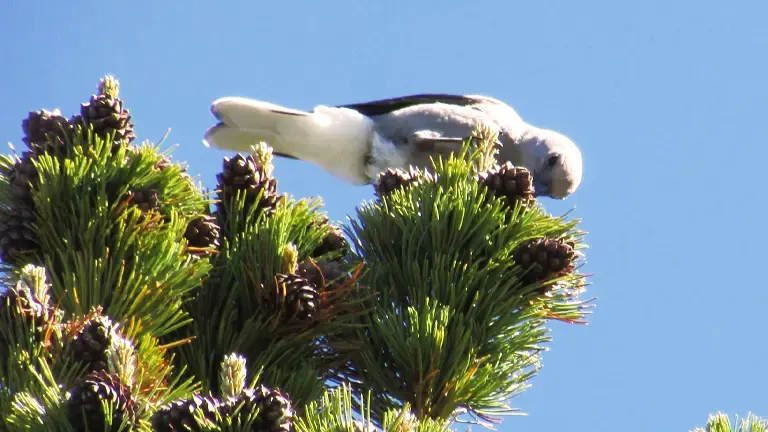
Wildlife Value
The Western White Pine holds significant wildlife value, providing habitat, shelter, and food for various species. Birds, such as red crossbills and pine siskins, rely on their seeds as a crucial food source. The tree also supports a diverse range of insects, which serve as a food base for insectivorous birds. Its dense branches offer nesting sites and protection for numerous wildlife species.
Care
The Western White Pine is generally low-maintenance once established. Adequate watering during dry spells and regular mulching around the base to conserve moisture are recommended. It is important to monitor the tree’s health and provide proper nutrition through fertilization when necessary. Regular inspection for pests or diseases and prompt treatment, if required, will help maintain its vitality.
Varieties
The Western White Pine offers a few notable varieties, including ‘Silver Sheen,’ which features silver-blue foliage, and ‘Compacta,’ a smaller cultivar suitable for smaller spaces or containers. These varieties provide additional options to suit different preferences and landscapes.
Pruning
Pruning Western White Pines should be minimal, focusing primarily on removing dead, damaged, or diseased branches. Early training and selective pruning during the tree’s early years can help establish a strong and well-shaped structure. Pruning should be done during the dormant season to minimize stress on the tree.
Propagating
Western White Pines can be propagated from seeds or through grafting techniques. Collect mature cones and extract the seeds for sowing. Grafting techniques are best left to experienced propagators or professionals due to their complexity.
Common Pests & Diseases
The Western White Pine is generally a hardy and resilient tree, but like any other plant, it can be susceptible to certain pests and diseases. Here are some common pests and diseases that can affect Western White Pines:
- White Pine Blister Rust (Cronartium ribicola): This is a fungal disease that can severely impact the Western White Pine. It is caused by an introduced pathogen that requires two host plants to complete its life cycle: the Western White Pine and a susceptible Ribes species (currants and gooseberries). The disease can cause cankers on the branches and trunk, affecting the tree’s overall health and growth. Proper management involves removing infected Ribes plants and using resistant cultivars where available.
- Pine Needle Rust: This fungal disease primarily affects the needles of the Western White Pine. It appears as yellow or orange blisters on the needles, leading to discoloration, needle drop, and reduced vitality. Fungicidal treatments and good cultural practices, such as removing infected needles and promoting airflow, can help manage this disease.
- Sphaeropsis Blight (Diplodia tip blight): This is a common fungal disease that affects various pine species, including the Western White Pine. It typically infects stressed or injured trees, causing dieback of new shoots and branches. Infected needles may turn brown or red, and small black fruiting bodies can be observed on dead shoots. Pruning and removing infected branches, as well as promoting tree vigor through proper care, can help prevent and manage Sphaeropsis blight.
- Pine Needle Scale (Chionaspis pinifoliae): These small, armored insects can infest the needles of the Western White Pine. Infestations can cause yellowing, browning, and needle drop. In severe cases, it can lead to defoliation and weaken the tree. Controlling scale insects may involve pruning and destroying infested branches or using insecticides when necessary.
- Pine Weevils: Various species of weevils, such as the white pine weevil (Pissodes strobi), can attack the leaders and terminal shoots of young Western White Pines. This can cause deformities in the tree’s growth and can result in reduced timber quality. Preventive measures include maintaining tree health, maintaining good cultural practices, and using insecticides as a last resort.
Regular monitoring of the tree’s health, early detection of pests and diseases, and prompt intervention are essential for the successful management of these issues. Consulting with local agricultural extension services or tree care professionals can provide specific guidance on pest and disease management in your area.
FAQs
- Can Western White Pines withstand cold winters?
Yes, Western White Pines are hardy in cold regions, withstanding freezing temperatures and heavy snowfall. - Can I grow a Western White Pine in a small garden?
While the tree’s mature size can be quite large, compact varieties like ‘Compacta’ are suitable for smaller gardens or containers. - Do Western White Pines require a lot of maintenance?
Once established, Western White Pines generally require minimal maintenance. Regular watering, fertilization, and occasional inspections are typically sufficient. - Are Western White Pines endangered?
Western White Pines have faced some challenges, including historical logging practices, but their populations have rebounded due to conservation efforts.
Conclusion
The Western White Pine, with its majestic presence, adaptability, and significant ecological value, is a cherished tree in western North American forests. Its description, hardiness zones, growth characteristics, care requirements, and unique attributes make it a remarkable addition to any landscape. By understanding its needs and appreciating its contributions to the ecosystem, we can foster the growth and preservation of this magnificent tree for generations to come.

John Carlos
Forestry AuthorThe beauty of logging isn't just about felling trees. It's about understanding nature, mastering the art of chainsaws, and respecting the environment. I believe in sharing my experiences and knowledge, ensuring that we move towards a sustainable future together.



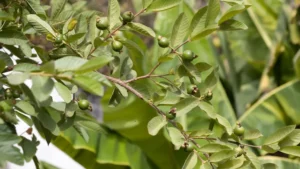
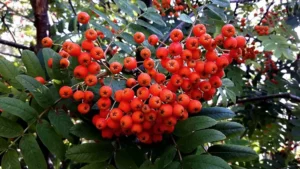

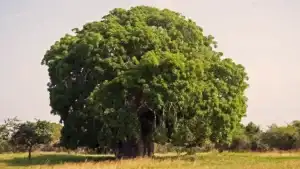
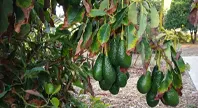
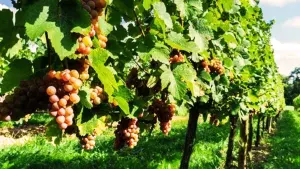

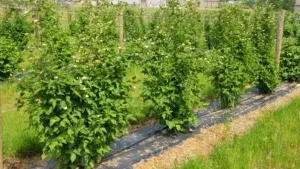
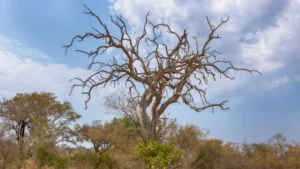
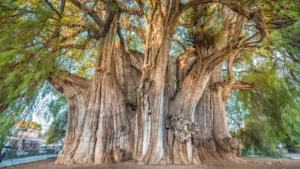
Leave your comment